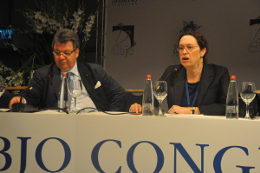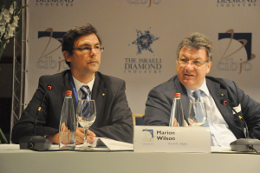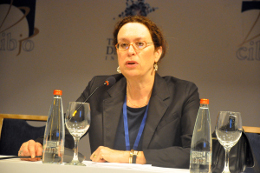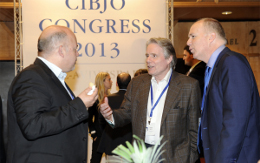Ethics Commission discusses publication of best practices guides
CIBJO’s Ethics Commission met at the 2013 CIBJO Congress in Tel Aviv, chaired by its president Cecilia Gardner. The delegates endorsed a suggestion that CIBJO publish guides relating to responsible business principles and advertising best practices.
There had been a suggestion that it work toward the establishment of a complaints mechanism for the industry, but members heard that there are substantial hurdles. Addressing the issue, Simon Rainer, the CEO of the British Jewellers Association, said that a complaints mechanism may result in CIBJO being saddled with liabilities that might result, and there could be considerable expenses involved.
Furthermore, he stated, CIBJO lacks the personnel to put such a mechanism into force, and creating the body would also require extensive knowledge of the laws of all the countries involved.
Commission members decided the best course was to leave complaints to each country’s industry association to deal with. However, it was suggested that CIBJO develop a handbook for members to advise and coach them on how best to handle complaints.
It was noted that the Council for Responsible Jewellery Practice and the OECD have already developed Corporate Social Responsibility courses and models, however they are too sophisticated for many jewelers who are typically small businesses. Mr. Rainer said the CIBJO website has a discussion paper that he prepared setting out the advantages for small businesses in developing CSR policies and procedures.
Commission members said that a Blue Book on CSR is not required, however a handbook should be developed to set out how small companies can incorporate CSR into their business operations. As a result, a working group was established to develop the handbook comprised of Simon Rainer, Ian Hadassin and Doug Hucker.
On the issue of Advertising Best Practice, Ms. Gardner also volunteered to provide a first draft of a handbook setting out best business practices in advertising which is based on common sense principles and can be used in many countries. It would not address the laws of each country and would include specific examples to indicate more clearly what constitutes best practice.
Photo Caption: From left, CIBJO President Gaetano Cavalieri and Ethics Commission President Cecilia Gardner.






